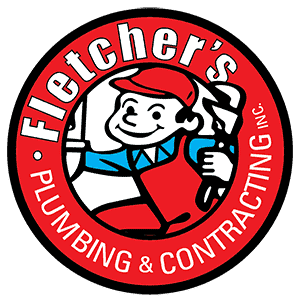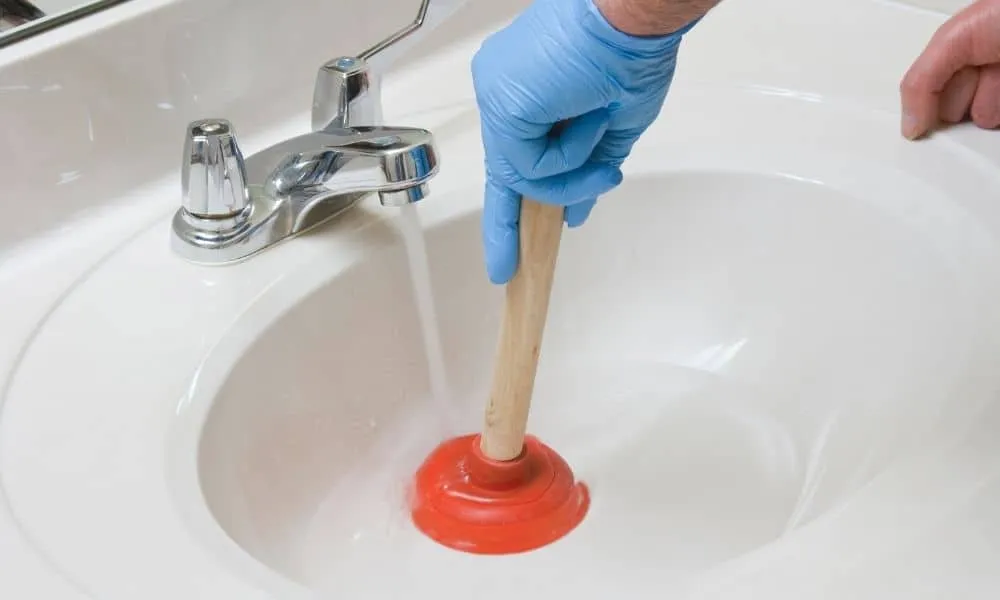Types of Plungers To Keep On Hand at Home
Let’s face it—everyone has clogged at least one toilet in their lifetime. You must have a plunger handy to prevent the toilet from overflowing during these instances.
But did you know there are multiple kinds of plungers that serve different purposes? Here are some types of plungers to keep on hand at home.
Sink Plunger
If you think about plungers, the first image that pops into your head is most likely a sink plunger. These are some of the most common types of plungers, and they have a straightforward rubber cup design with a wooden or plastic handle.
These types of plungers are most suitable for flat surfaces, which is why they have their name. However, you can still use them for your toilet. They just won’t create a tight seal with the proper suction to plunge with optimal efficiency.
Toilet Flange Plunger
The flange plunger is a relatively common type of toilet plunger. You’ll notice it in most bathrooms if you look out for the flap underneath the plunger’s rubber cup.
People call this flap the flange, and it helps to cover up the toilet drain so that you can plunge more effectively. You can also use this type of plunger in sinks, but don’t use the same plunger for your toilet and your sink, or else you’ll risk getting sick.
Accordion Plunger
When a flange plunger won’t do, you might want to opt for an accordion plunger. These plungers come with a smaller cup with ridges that you can stretch out like an accordion. This feature allows you to push extra air pressure into the clog to clear out whatever gets stuck in your toilet.
Accordion plungers are larger than other types of plungers, and they only work when you submerge them in water. However, if you constantly have to deal with difficult clogs in your toilet, you might want to consider purchasing one.
Beehive Plunger
The last item on this list of the types of plungers to keep on hand at home is the beehive plunger, which resembles its namesake because of its wide middle and narrow endpoints. This type of plunger is effective because its broad center lets you create an airtight seal. In turn, this allows you to plunge deep into a clog.
Now that you know about the different types of plungers, you’ll be more prepared to help prevent toilets in your home from overflowing. If your toilet issue requires more than a plunger, contact Fletcher’s Plumbing & Contracting, Inc. We provide superior residential plumbing services. Contact us today!

